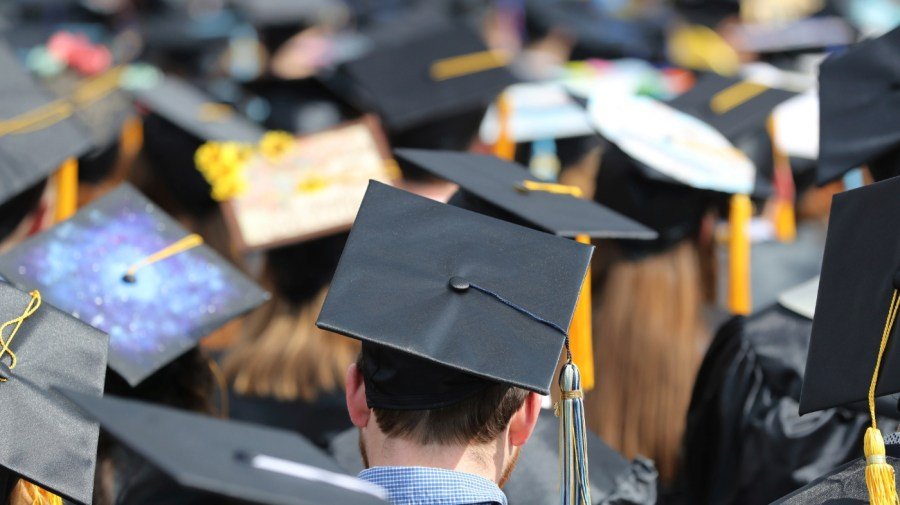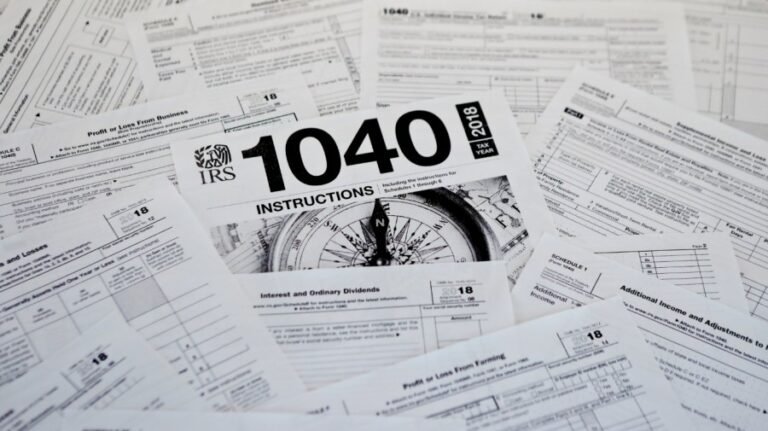
Nearly two million student loan borrowers are at risk of having their wages garnished this summer, according to a new estimate from TransUnion.
Roughly six million federal student loan borrowers are newly delinquent — 90 days or more past due — and about a third could enter default as soon as next month, the credit-reporting agency said in an analysis Tuesday.
By August, TransUnion estimates that an additional one million borrowers will be in default, at least 270 days behind on their payments.
Once in default, borrowers could face a range of federal consequences, including docked pay, withheld tax refunds and reduced Social Security benefits.
The renewed penalties follow the Trump administration’s recent decision to lift a five-year pandemic-driven pause on involuntary collections, allowing the government to resume efforts to recover unpaid student loans.
“We continue to see more and more federal student loan borrowers being reported as the 90+ days delinquent, making a larger number of consumers vulnerable to entering default and the start of collections activities,” Michele Raneri, vice president and head of U.S. research and consulting at TransUnion, said in a statement.
The share of federal student loan borrowers 90 days or more past due has climbed sharply from around 20 percent in February to 31 percent in April, the highest rate ever recorded, the company estimates.
To put that in perspective: about 12 percent of student loan borrowers were 90 days or more past due in February 2020, before the COVID-19 pandemic.
Delinquency comes before default and doesn’t trigger wage garnishment on its own, but it can still hurt borrowers by lowering their credit scores. TransUnion’s analysis found that newly delinquent borrowers have seen an average drop of 60 points.
The report also included some cautiously optimistic findings, notably that the rate of delinquencies was nearly flat from March to April, suggesting they may have peaked.
And although millions of borrowers could be just weeks away from defaulting, only 0.3 percent were in that status as of April, the company noted.
Raneri urged borrowers who are at risk to contact their loan servicers as soon as possible to learn about potential options that may include income-driven repayment or other payment plans specific to their situation.
What happens when a student loan goes into default?
In May, approximately 195,000 defaulted student loan borrowers began receiving official 30-day notices from the Treasury Department notifying them that their federal benefits could be withheld as early as June, according to the Education Department.
The consequences of default can be severe, with the government able to garnish wages, potentially withholding up to 15 percent of a borrower’s paycheck, among other penalties.
The Trump administration ultimately paused a plan to garnish Social Security benefits, potentially sparing hundreds of thousands of older Americans from reduced retirement checks, at least for now.
Overall, nearly 43 million borrowers owe more than $1.6 trillion in student debt, the Education Department said in April.
Borrowers who have fallen behind can come up with a repayment strategy using the government’s Loan Simulator tool here.






